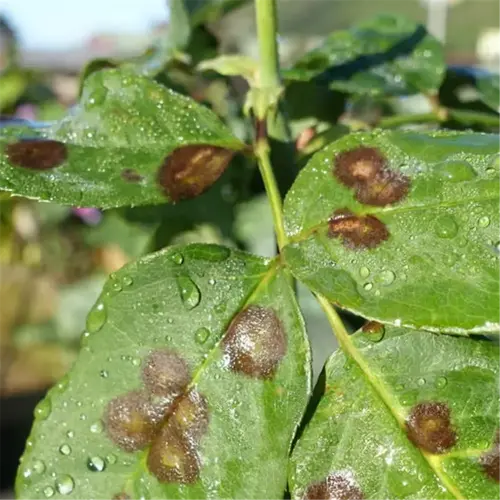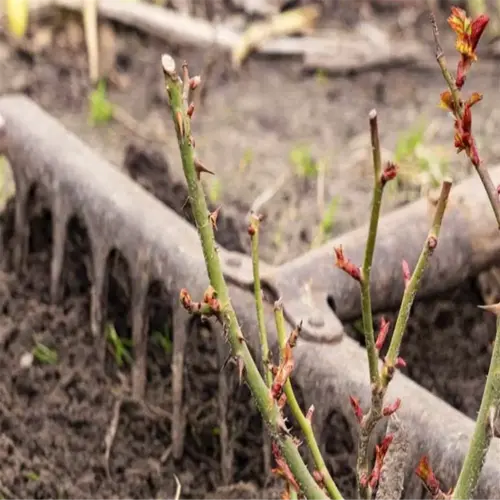Can plants recover from bacterial leaf spot?

Written by
Julia Anderson
Reviewed by
Prof. Samuel Fitzgerald, Ph.D.Bacterial leaf spot infections result in long-term damage, but quick intervention can save other plants. I have saved pepper fields by simply removing leaves with symptoms within a day. Use disinfested pruners - I had a client who took theirs out in the field for the first time and infected 300 plants in one morning.
Irreversible Tissue Damage
- Infected leaves won't regenerate healthy cells
- Lesions disrupt photosynthesis permanently
- Prioritize protecting new growth
Containment Protocol
- Isolate plants showing >10% leaf damage
- Apply copper hydroxide sprays biweekly
- Increase row spacing to 36 inches for airflow
Diagnostic precision is a tool for minimizing non-believable hope. Under 10x magnification, bacterial ooze has a milky strand appearance, while fungi will stay dry. An example of pathogenic identification is demonstrated in one Missouri grower who saved eight acres of produce by accurately identifying the pathogen. With small pocket microscopes costing around $25, it's a worthwhile tool to invest in because your eyes alone can't determine recovery opportunity.
Sanitation is better than optimism. You should destroy infected plants in tightly sealed bags, rather than throw them into compost piles. Tool sanitation is necessary: submerge tools in water that is at least 140°F (60°C) for 10 minutes between their uses. I use GPS to map out the areas for outbreaks so that I can observe for recurrence - they begin to show patterns to their fight for survival.
Read the full article: Bacterial Leaf Spot: Complete Guide to Identification and Control

